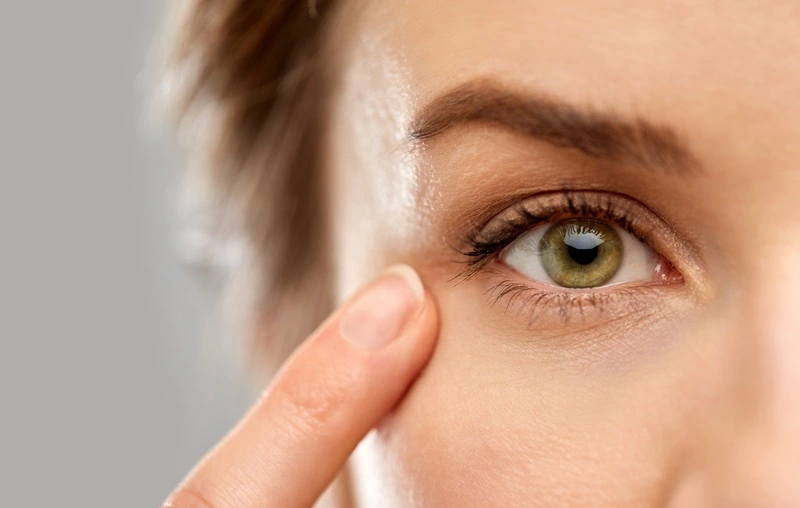Eyelid Surgery (Blepharoplasty)

Eyelid Lift
Eyelid surgery, or Blepharoplasty, is chosen by many men and women to correct bags and bulges around the eyes as well as drooping eyelids. Although more women than men choose eyelid surgery, the procedure is equally suited for both genders.
People of all ages have eyelid surgery. Younger patients have the surgery because of an inherited condition, in which fat cushions of the eye push forward, causing a bulging appearance. Older patients generally have eyelid surgery to reduce these bulges, as well as the sagging of the eyelid skin. Droopy eyelids can make a person look older and, in some cases, impair vision. Eyelid surgery results in a refreshed appearance, with a more youthful eye area.
During a consultation, you will be asked about vision, tear production, use of contact lenses, and expectations. This information, in addition to age, skin type, ethnic background, and degree of visual obstruction, is assessed to determine the best course of treatment. Eyelid surgery does not normally reduce wrinkling around the eye area, nor does it lift a drooping brow. Therefore, many patients decide to combine eyelid surgery with other procedures such as a forehead and brow lift, fat transfer, mid-facelift, and/or skin resurfacing to achieve the best overall result.
UNDERSTANDING THE PROCEDURE
Eyelid surgery is performed in the office at Meadows Surgical Arts with local anesthesia under I.V. sedation. The procedure normally takes less than one hour. Upper and lower eyelid surgery may be performed at the same time; however, either can be done independently.
Upper eyelid surgery is performed by making an incision in the natural crease of the eyelid. Excess skin and fat are removed through the incision, which is closed with fine sutures, thereby minimizing the visibility of any scar.
In lower eyelid surgery, the incision is made in an inconspicuous site along the lash line and smile creases of the lower lid, or more commonly on the inside of the eyelid. Once excess tissue, skin, and/or fat is removed, absorbable sutures are used to close the incisions. This technique is increasingly chosen, especially when performed along with a chemical peel and/or laser resurfacing. Eyelid puffiness of the lower lid that is caused only by excess fat is corrected by removing excess fatty tissue through an incision made inside the eyelid. No visible scar results from this type of procedure.
UNDERSTANDING THE RECOVERY
Most patients experience little or no discomfort following eyelid surgery and find that any discomfort is relieved by taking a mild analgesic. Following surgery, patients are instructed on cleaning the incisions and the application of antibiotic eye ointment when indicated. Some swelling and bruising may develop after the procedure. Cold compresses, as well as head elevation, enhances healing and relieves discomfort. As time passes, the incisions for both the upper and lower eyelids blend in with the surrounding skin and are easily camouflaged. The skin at the outer corners of the eye is thicker and takes a bit longer to heal.
Most patients can return to near-normal activity within a few days of the surgery and can anticipate a marked improvement in the appearance of their eyes. This is often accompanied by a feeling of tightness in the eyelids that may last a few weeks. Bags and bulges are significantly reduced if not completely eliminated. Some patients may actually experience a slight improvement in their eyesight or peripheral vision as a result of the removal of excess skin.
For those patients with a sunken look to their lower eyelid area, fat transfer to these areas combined with a chemical peel can help restore a more youthful contour from the lash to the cheek area. Normally, the reason for this loss of volume is due to the descent of cheek tissue away from the rim of the eye socket. This type of restoration has been extremely popular during the past decade because it is a relatively minor, but extremely successful, procedure.